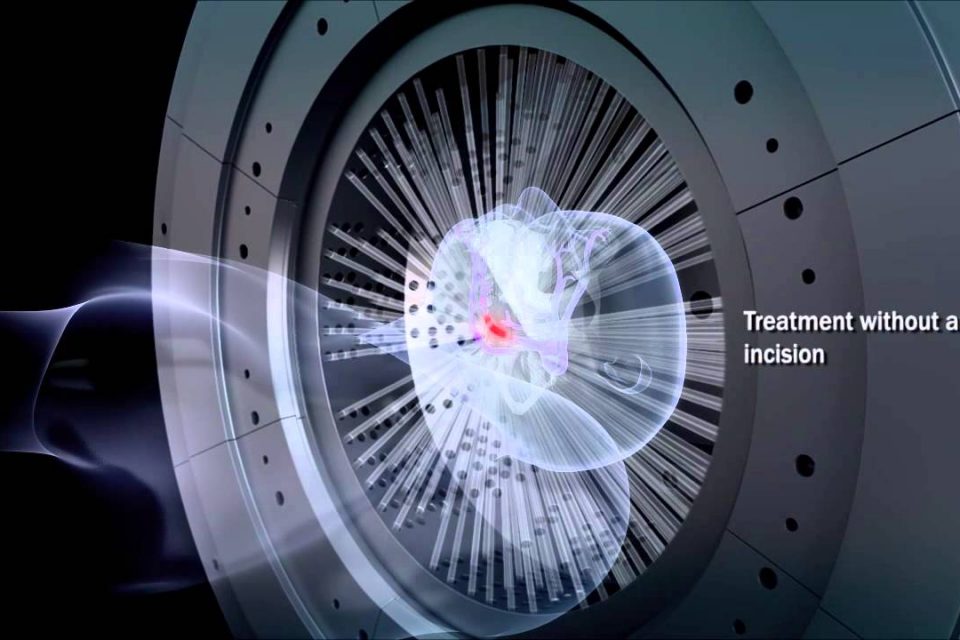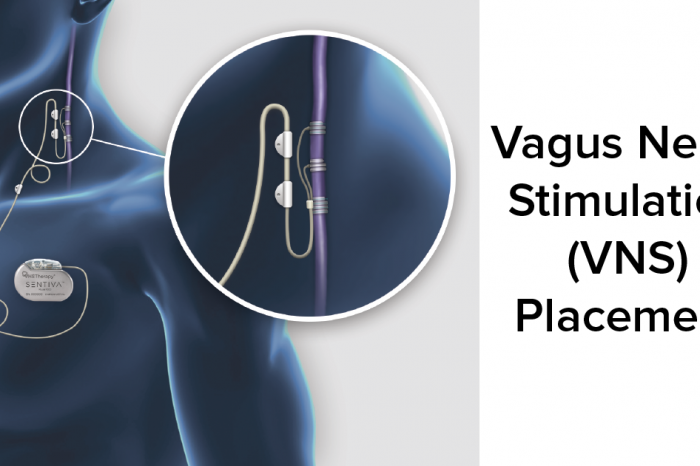Gamma-Knife Radiosurgery

Gamma Knife Radiosurgery
In some cases, you may be a candidate for Gamma-Knife Radiotherapy. This procedure uses high-energy x-rays to target and remove tumors. Because the treatment uses radiation, this type of surgery is a good choice for patients with certain types of cancer. This procedure is usually performed in a hospital or an outpatient setting, but it can also be done on an outpatient basis.

Before Gamma-Knife Radiotherapy, you’ll need to undergo blood tests. Your physician will also ask you to submit to an MRI or CT scan. This will allow your doctor to plan the correct radiation dose. Your doctor will place a helmet over your head with holes that help focus the beams on the target. You’ll be given medication to manage any side effects that may occur during the treatment. You’ll also need to go back to your doctor for follow-up MRIs.
Once you’ve been cleared for the procedure, you’ll lie on a special couch. You’ll be placed in a position on a table that moves into a room. You’ll be inserted into a machine with a head frame. A collimator helmet is fitted over your head, with 201 tiny holes that allow the radiation beams to travel through your head in a precise pattern. The machine is designed to make sure that the patient’s head is secure and protected.
A medical physicist will plan the radiation dose according to your MRI or CT scan. The doctor will put you in a helmet with holes in it, so the beams can focus where they’re needed. The duration of the radiation treatment depends on the type of lesion, where it’s located, and how large it is. You will have one treatment session. You should expect about six sessions.
The procedure is quick, and patients generally don’t experience side effects. After the treatment, patients usually go home with a few days to recover from the procedure. Aside from the immediate results, the procedure also has a low risk of birth defects. The surgery is highly effective, and the results are immediate. The risks are minimal. However, there is a high risk of adverse effects with Gamma Knife Radiosurgery.
The treatment will take anywhere from 15 minutes to several hours, depending on the extent of the brain tumor. This type of radiosurgery uses 192-201 cobalt-60 sources in a circular array with approximately 30 curies each. The doctors use computer software to plan the radiation dose. The treatment can be carried out in a single session or in a series of sessions. Once the doctor is satisfied with the results, he or she will remove the head frame and the facemask.
Before the Gamma Knife procedure, patients are required to visit a hospital for blood tests. After that, they will meet with the doctors who will be involved in the procedure. These doctors include a neurosurgeon and a radiation oncologist. During the pre-procedure consultation, the patient will provide a medical history and physical examination. The radiation will be delivered through a thin, transparent, and non-invasive way.
Patients should be aware of any possible risks associated with Gamma-Knife Radiosurgical treatment. There are many risks and benefits. Depending on the nature of the lesion, it is recommended for patients to undergo this type of treatment. It is an excellent alternative to traditional brain surgery. The technique is an outpatient procedure that can treat many types of tumors and can be performed safely without any complications.
The procedure can be done on children. The children should be at least five years old. During the treatment, the patient will lie on a specially designed couch. The doctors will focus 192 small beams of radiation at the same time. Depending on the location and size of the lesion, the radiation dose varies from thirty minutes to three hours. The duration of the treatment will depend on the type of the lesion and how much radiation the patient needs.
During the procedure, the patient will be kept comfortable in a treatment room. The team will be able to hear the patient through an intercom and watch him or her on a video monitor. The treatment session may last two to four hours, depending on the type of treatment. After the procedure, the patient will be able to leave the treatment room and resume normal activities. If an angiogram is performed before the procedure, the patient may be asked to stay overnight in a hospital.






